MENU
- New Models
- RCS - New Models
- Water Models
- Tamiya & RC Kits
- Building Bricks Models
- Configure Your Own Model
- Body Shells & Wings
- Electrical & Radio
- Driveshafts / Dogbones
- Engines & Service Parts
- Wheels & Tyres
- Nitro Fuels, Oils & Lubricants
- Brand New Nitro & Battery Vehicles
- Pull Starts, Roto Starts & Bearings
- Screws, Bolts, Nuts etc
- Shocks & Exhausts
- Tools & Misc Items
- Parts by Brand
- Support
- Service & Repair
- Help & Advice
- Body Shells & Wings
- 1/8 Buggy Body Shells and Wings
- 1/8 Truck Body Shells
- 1/10 Car Body Shells
- 1/10 Buggy Body Shells
- 1/10 Truck Body Shells
- Short Course Stadium Truck
- Body Shell Accessories
- Electrical & Radio
- Batteries
- Controllers
- Motors, ESC's
- Servo's
- Receivers
- Nitro Starters
- Chargers
- Misc Electrical Parts
- Driveshafts / Dogbones
- 30-49mm
- 50-59mm
- 60-69mm
- 70-89mm
- 90-99mm
- 100mm +
- Engines & Service Parts
- 1/8 Engines
- Glowplugs
- 1/8 Air Filters
- 1/10 Air Filters
- Fuel System
- Clutch Parts
- Gaskets and Couplers
- Wheels & Tyres
- 1/8 Car Wheels
- 1/8 Buggy Wheels
- 1/8 Truck Wheels
- 1/10 Car Wheels & Tyres
- 1/10 Car tyres
- 1/10 Buggy Wheels
- 1/10 Truck Wheels
- Wheel Accessories
- Nitro Fuels, Oils & Lubricants
- Nitro Fuel
- Oils & Lubricants
- Brand New Nitro & Battery Vehicles
- Nitro Engine Powered Vehicles
- Battery, Electric & Brushless Vehicles
- Pull Starts, Roto Starts & Bearings
- Pull Starts
- Roto (Electric) Starts
- One Way Bearings
- Screws, Bolts, Nuts etc
- Engine / Pull Start Bolts
- M2 Screws
- M2.5 Screws
- M3 Screws
- M4 Screws
- Misc Screws and Collets
- Shocks & Exhausts
- Shocks New / Used
- Exhaust Systems
- Gaskets and Couplers
- Tools & Misc Items
- Engine & Hand Tools
- Misc Oddities
- Parts by Brand
- A-Z Brands
- > Tamiya Spares
- > Hendee
- > Red Spider
- Explore RCScrapyard
- Home
-
New Models
-
Spare Parts
-
- Body Shells & Wings
- 1/8 Buggy Body Shells and Wings
- 1/8 Truck Body Shells
- 1/10 Car Body Shells
- 1/10 Buggy Body Shells
- 1/10 Truck Body Shells
- Short Course Stadium Truck
- Body Shell Accessories
- Electrical & Radio
- Batteries
- Controllers
- Motors, ESC's
- Servo's
- Receivers
- Nitro Starters
- Chargers
- Misc Electrical Parts
- Engines & Service Parts
- 1/8 Engines
- Glowplugs
- 1/8 Air Filters
- 1/10 Air Filters
- Fuel System
- Clutch Parts
- Gaskets and Couplers
- Wheels & Tyres
- 1/8 Car Wheels
- 1/8 Buggy Wheels
- 1/8 Truck Wheels
- 1/10 Car Wheels & Tyres
- 1/10 Car tyres
- 1/10 Buggy Wheels
- 1/10 Truck Wheels
- Wheel Accessories
- Nitro Fuels, Oils & Lubricants
- Nitro Fuel
- Oils & Lubricants
- Brand New Nitro & Battery Vehicles
- Nitro Engine Powered Vehicles
- Battery, Electric & Brushless Vehicles
- Pull Starts, Roto Starts & Bearings
- Pull Starts
- Roto (Electric) Starts
- One Way Bearings
- Screws, Bolts, Nuts etc
- Engine / Pull Start Bolts
- M2 Screws
- M2.5 Screws
- M3 Screws
- M4 Screws
- Misc Screws and Collets
- Shocks & Exhausts
- Shocks New / Used
- Exhaust Systems
- Gaskets and Couplers
- Tools & Misc Items
- Engine & Hand Tools
- Misc Oddities
-
-
Support
- Used Models & Offers
- Customer Gallery
- RCS Racing
- Cart


